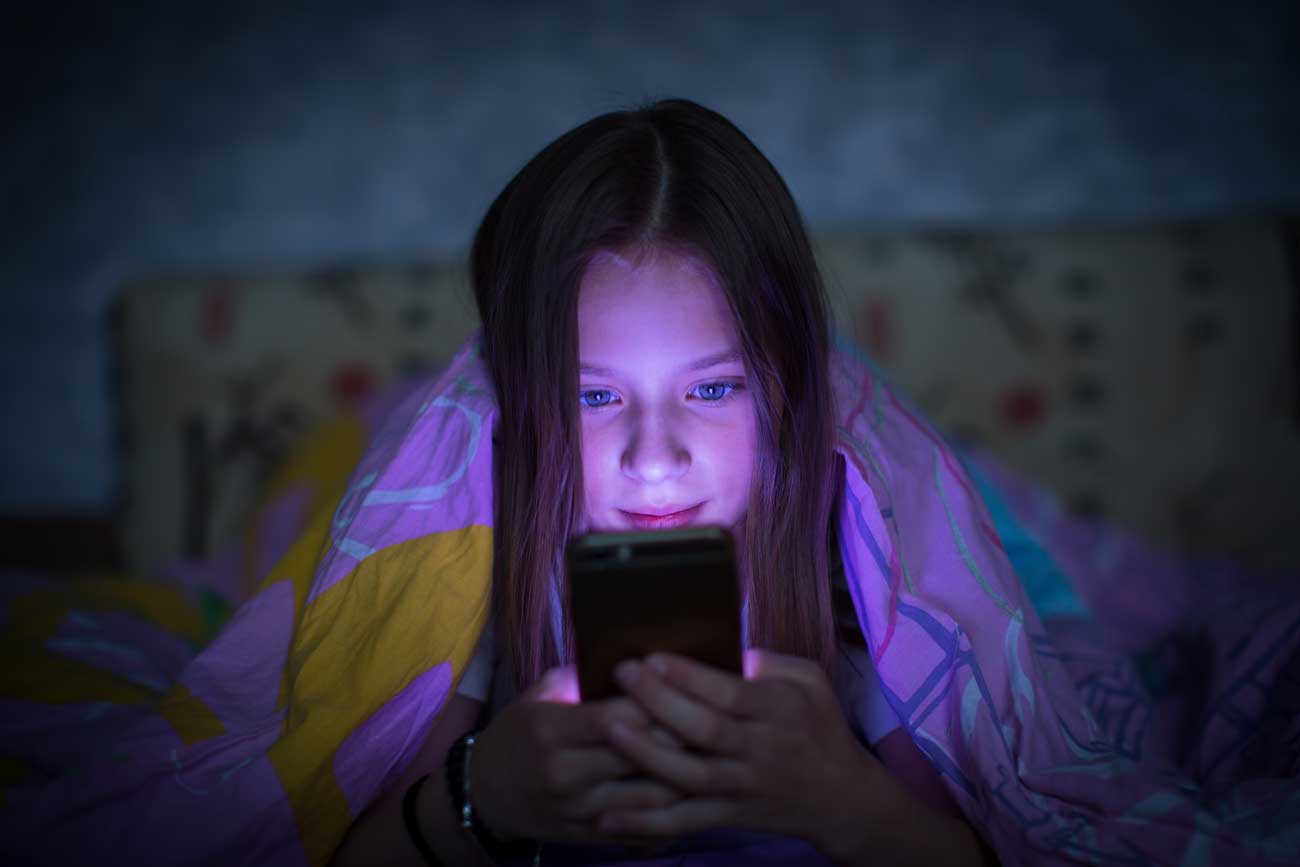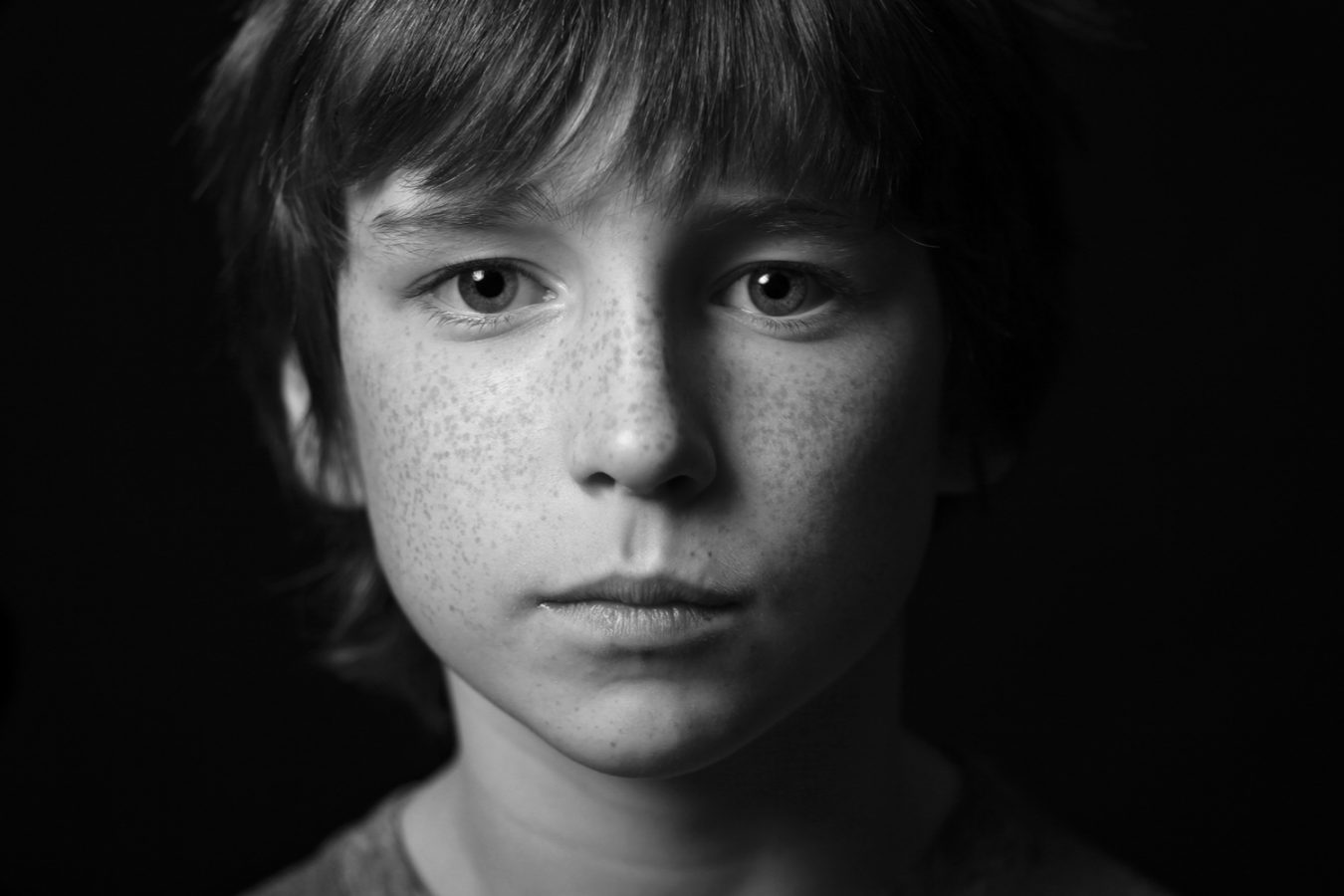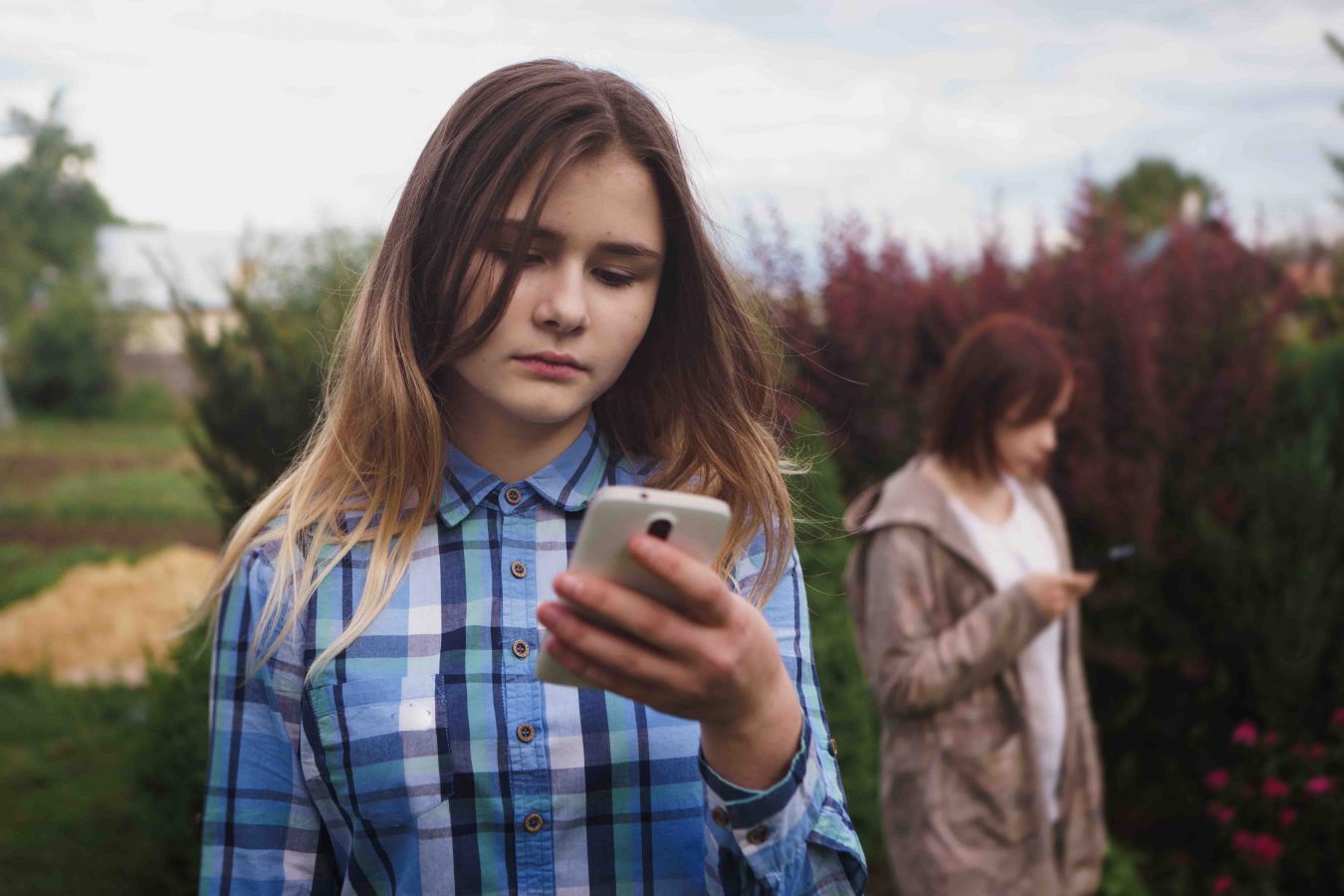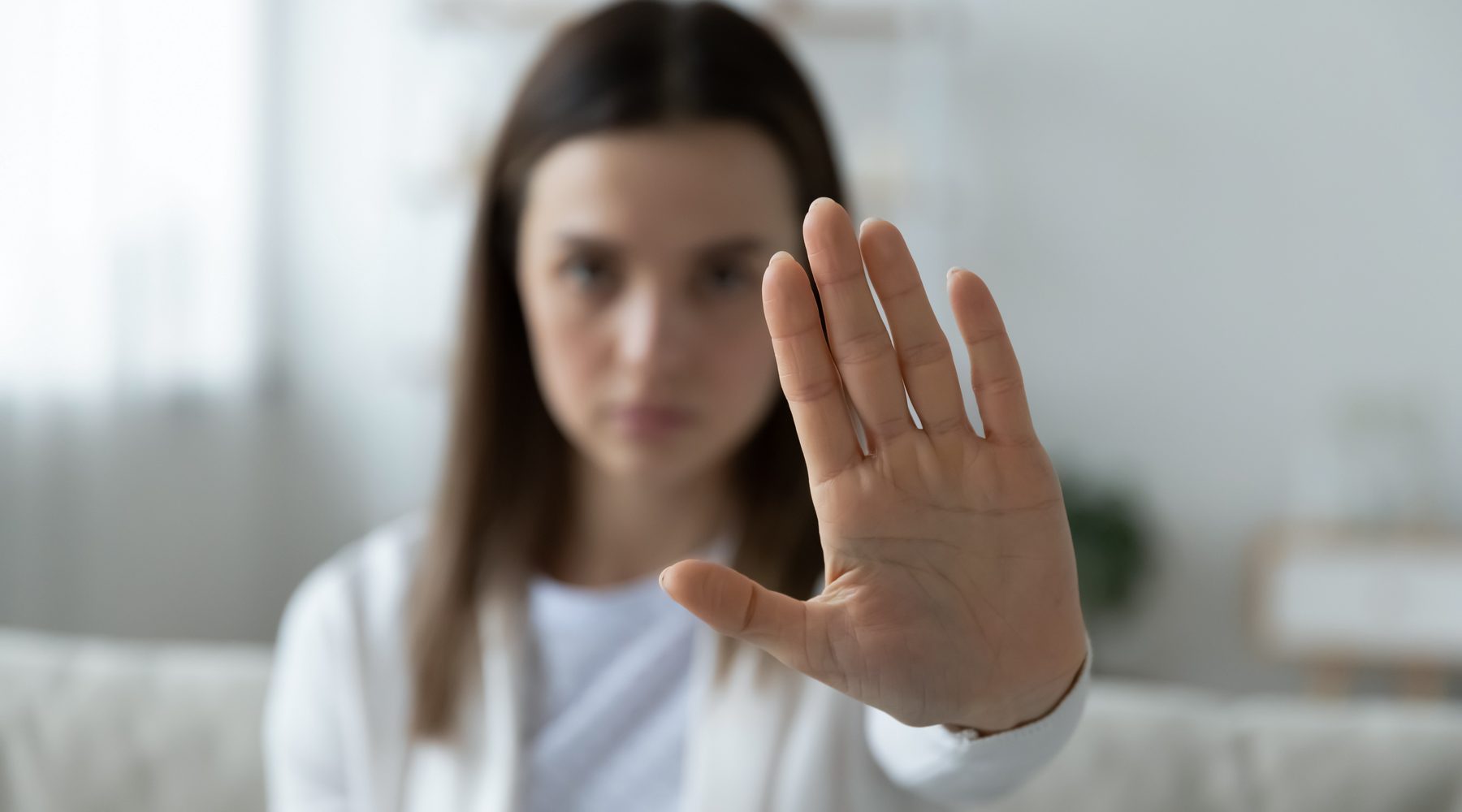
An online platform where students can anonymously report harmful behaviour is having a profound impact, writes Peter Hanlon. He speaks to Stymie founder Rachel Downie.
Among the reams of correspondence Rachel Downie has received since 2015, when she established a means for students to confidentially report harmful behaviour, one email encapsulates why Stymie is such a vital tool of empowerment.
It said simply, ‘Dear Stymie, I just want to say six words: THANK-YOU FOR SAVING MY LIFE.’
Rachel still gets emotional when she thinks of the number of similar messages from schools, reaching out to express their gratitude. In keeping with how Stymie works, no contact details are provided, but they gratefully relay that their students have just used Stymie to save a peer from heart-breaking tragedy.
Sometimes schools will say they had no idea that bullying, discrimination or other harmful behaviour had reached such critical levels. ‘They tell us, “We had no idea this was going on, but we do now, and we have the evidence to address it.’’’
Children need to be 'change agents'
Rachel’s 26 years as an educator have been wonderfully eclectic, teaching children in remote schools and big cities, single-sex and co-ed, from affluent families to people struggling to make ends meet. She has observed children’s unflinching poker faces, but in Visual Arts and English classes would see in their work how much they were hurting. As a deputy principal she helped pick up the pieces with children, families and carers.
When a Year 9 boy she taught took his own life, Rachel was jolted to act. Like so many educators she’d lost students to suicide before, but this time knew it could have been prevented as the boy’s peers passed on stories of domestic violence and bullying, and his confession that he no longer wanted to be here.
‘The quandary we have, all of us working in this space, is we can walk into any school and ask any child, “What does bullying look like? What does harm look like?” And, “Why is it harmful?” And they can tell us. But we haven’t been able to activate change.
‘I realised that’s because the grown-ups have been running around saying we need to do this or that, but it’s the children who need to be the change agents. And we need to do more to empower them to do so.’
Rachel knew schools had strong links to allied health services, and processes and procedures to develop support teams that could tackle bullying and discrimination. The problem was actually knowing that such behaviour was happening. ‘Stymie was about unpacking why – why didn’t the students feel safe enough to come forward?’
The answer was twofold: those who walk past disturbing behaviour by reasoning ‘it’s not my problem’; and those who fear that if they speak up, they will be poorly treated too. Stymie provides an anonymous platform for students to ask for help, via a confidential messaging service where they can report potential harm, or harm that has transpired – either about themselves or something they have witnessed.
How Stymie works
The process is straightforward: when a school takes out a subscription, a Stymie facilitator visits and speaks to every year level before overseeing a staff PD to ensure everyone in the school community is invested in Stymie.
When students see or hear of disturbing behaviour, or are subjected to it themselves, they can send a notification via Stymie that reaches key people in the school’s wellbeing framework. How the issue is dealt with is up to the school, with Stymie’s involvement ending at the notification process.
In 2020, Stymie delivered 66,000 notifications to hundreds of schools. Almost 26,000 related to bullying and 6000 to cyber bullying, with significant growth in the reporting of sexual harassment, discrimination, domestic violence, self-harm and illegal activity such as drugs. A recent feature of the notification process is the ability for a student to ask to speak to a counsellor. In the next 18 months, a 24-hour helpline is planned.
‘When a child is being hurt or harmed, they experience significant dehumanisation,’ Rachel says. ‘When the school receives a notification, they confidentially find that child, sit down with them privately, and ask how they can help.
‘In that moment, that child has an overwhelming feeling of knowing they have someone on their team. That is a significantly life-altering – or life-saving – conversation.’
Say something
Rachel senses a community of great strength is building, one she hopes can be part of a broader safety net and reach beyond a child’s school years into university and the workplace. Since Stymie launched she has spoken to nearly 600,000 students; Stymie doesn’t advertise, and is growing fast on the strength of word-of-mouth and school-to-school recommendations.
On her mirror at home is the number 87 – the percentage of bullying harm cases that occur in the presence of onlookers. Her dream is that those bystanders become upstanders, and she challenges schools to teach their children how.
‘I blatantly ask schools when we visit, ‘What opportunities are you giving your students to practise their courage? What opportunities are you giving them to learn how not to be a bystander?’’
Her dream is for a cultural shift so powerful that everyone follows the mantra on the t-shirts worn by Stymie facilitators when they present at schools: say something. ‘To be honest, my perfect business model is for us not to exist anymore. Because we’ve ignited faith in each other, and the courage to have a conversation. To say something.’
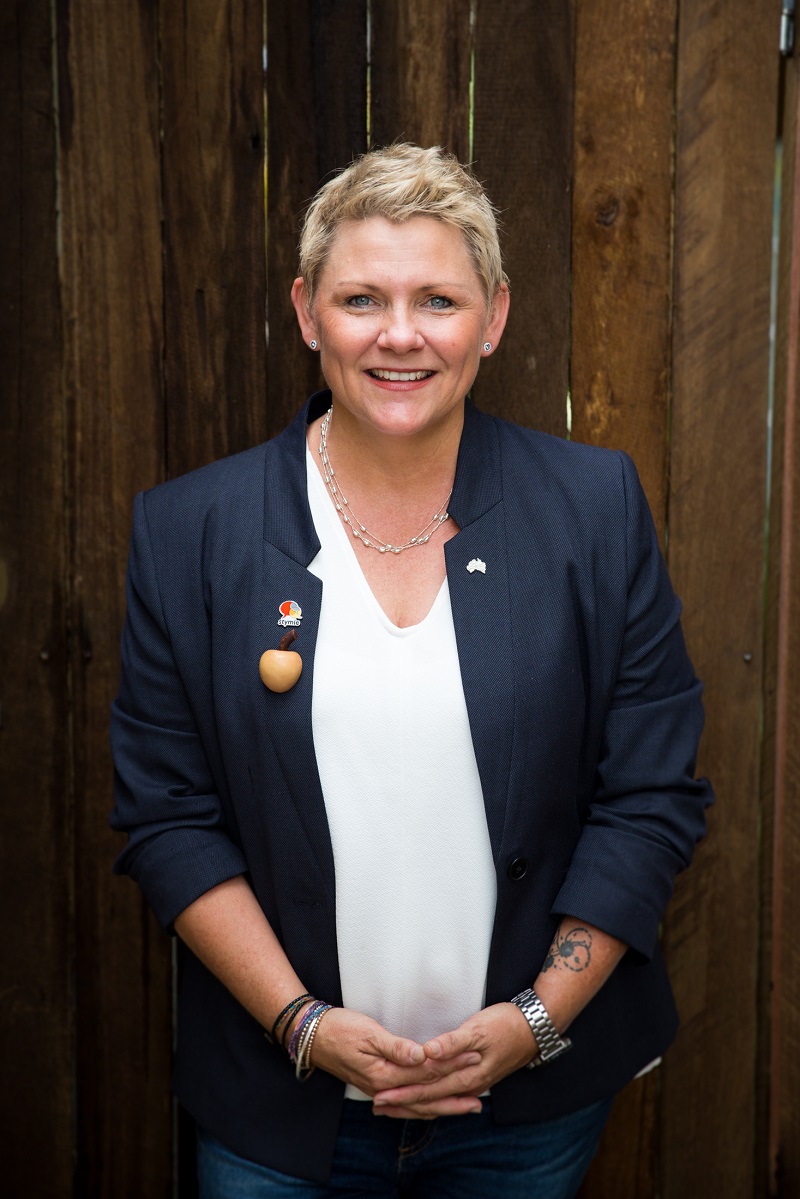
About Stymie
Rachel Downie is visiting Victorian schools that are launching Stymie in the second half of March. There are some places still available.
If after reading this article, you would like to see Stymie in your school, please reach out to stacey@stymie.com.au
You can find out more by visiting the Stymie website.
Like this post? Please share using the buttons on this page.
